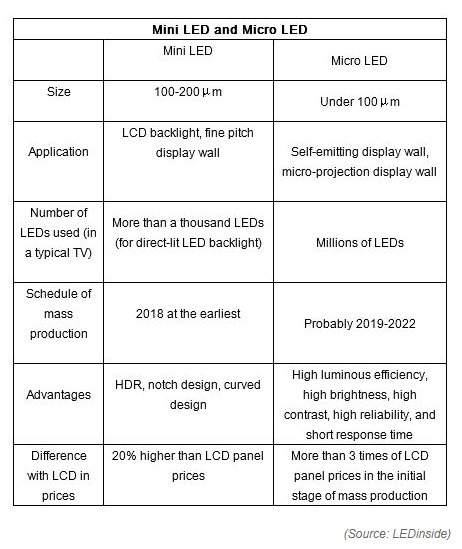While it’s not the rumored MicroLED technology for a long time, MiniLED will also bring a superior screen experience to the new iPad and MacBook.
Since late last year, there have been rumors that Apple is investing heavily in developing MicroLED display technology, far more advanced than many outstanding advantages, in contrast, brightness, and consumption energy. However, this type of screen is complicated to manufacture and expensive, that Apple sometimes seems to give up developing it. But the company eventually found a way to overcome these challenges.
However, this research result of Apple will not appear soon.

A new report from renowned Apple analyst Ming-Chi Kuo says the company chooses a stepping-stone technology for its new iPad Pro and MacBook: the MiniLED display. These products are expected to be available “from the end of 2020 to mid-2021.” So what is MiniLED?
Despite overcoming MicroLED’s technical difficulties, it is still expensive and difficult to manufacture, so manufacturers likely want to use MiniLED technology as a stepping stone until MicroLED proves its profitability. What is the difference between these two technologies?
As well as his name. MiniLED light-emitting light bulbs are much larger than the size of fewer than 100 microns of MicroLED bulbs, but they are still significantly smaller than LEDs on current screens. The light bulbs’ size is smaller, which means they offer higher-resolution screens and the potential of placing cameras behind the screen.
What’s more, this display technology is ready for production, with a panel that is only about 20% more expensive than conventional LCD panels and can also create flexible designs if needed.

With a more reasonable price than MicroLED, Mr. Kuo predicts that it is likely that the MiniLED technology will be equipped first for the iPad Pro and MacBook lines. The technology could then land on iPhones but won’t launch before 2021.
South Korea’s LG Display will likely be the first manufacturer of MiniLED shipments for Apple. Besides, many other sub-suppliers such as Epistar, Zhen Ding, Radiant Opto-Electronics, Nichia, Avary Holding, and TSMT. All of these companies have been researching MiniLED for a long time.
Having multiple suppliers is also one of the reasons why Apple chose MiniLED technology for iPad Pro and MacBook, to avoid having to rely on Samsung as the sole supplier for MicroLED displays – which is happening with OLED panels on iPhone. However, most likely, Apple will still use the MicroLED screen for Apple Watch.
Samsung has shown a giant MicroLED TV prototype so far and claims that these panels can be manufactured in any size on a large scale, even phones.
Refer to PhoneArena





